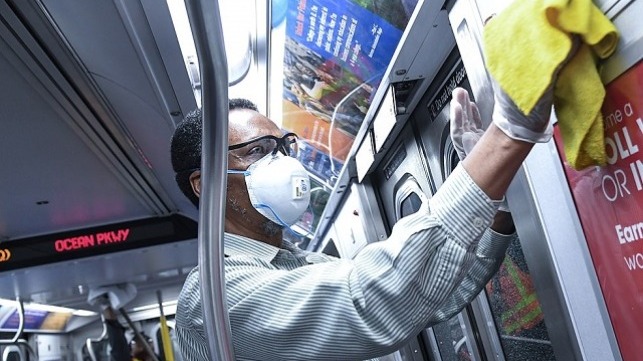 file photo
file photo
By The Maritime Executive 03-18-2020 07:09:53
The coronavirus (COVID-19) pandemic could increase global unemployment by almost 25 million, according to a new assessment by the International Labour Organization (ILO).
Based on different scenarios for the impact of COVID-19 on global GDP growth, the ILO estimates indicate a rise in global unemployment of between 5.3 million (“low” scenario) and 24.7 million (“high” scenario) from a base level of 188 million in 2019. By comparison, the 2008-9 global financial crisis increased global unemployment by 22 million.
Underemployment is also expected to increase on a large scale, as the economic consequences of the virus outbreak translate into reductions in working hours and wages. Self-employment in developing countries, which often serves to cushion the impact of changes, may not do so this time because of restrictions on the movement of people (e.g. service providers) and goods.
Falls in employment also mean large income losses for workers. The study estimates these as being between $860 billion and $3.4 trillion by the end of 2020. This will translate into falls in consumption of goods and services, in turn affecting the prospects for businesses and economies.
The ILO estimates that between 8.8 and 35 million additional people will be in working poverty worldwide, compared to the original estimate for 2020 (which projected a decline of 14 million worldwide).
The ILO is calling for measures to protect workers in the workplace, stimulate the economy and employment and supporting jobs and incomes. These measures include extending social protection, supporting employment retention (i.e. short-time work, paid leave, other subsidies) and financial and tax relief, including for micro, small and medium-sized enterprises.
Tech market research company ABI Research says that the coronovirus outbreak and the worldwide reaction to the pandemic will force companies to radically rethink how they operate and embrace technological investment. This could lead to:
• A more concerted and widespread move to lights-out manufacturing
• Increased usage of autonomous materials handling and goods vehicles
• A more integrated, diverse and coordinated supply chain
• Investment in smart cities to support community resilience
• A move to virtual workspaces and practices.
source: www.maritime-executive.com


